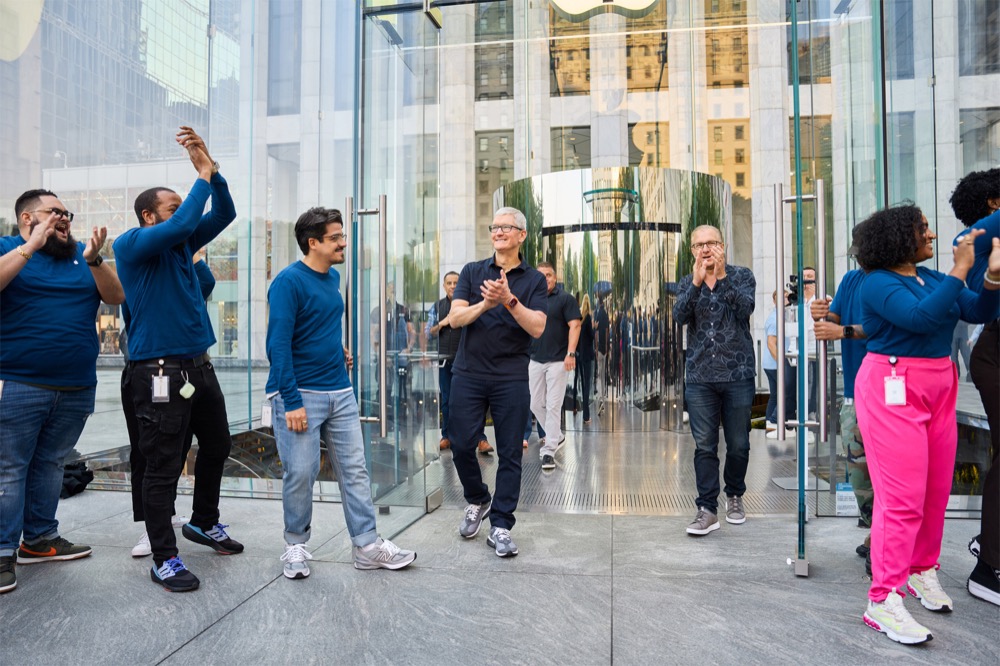Mixpanel says iOS 16 now installed on almost 25% of iPhones

Get those updates installed…
Mixpanel data continues to confirm iPhone users have become a little more cautious when it comes to upgrading their devices, and while they are more enthusiastic to install iOS 16 than they were for iOS 15, the old days when iPhone software updates broke the internet may be over. I think that’s a good thing.
So, what’s the data?
If you can recall, Mixpanel told us that soon after Apple introduced iOS 16 around 13.3% of users had upgraded to the new OS.
We’ve seen people continue to install the new iPhone operating systems since, and this has now reached 23.87%.
66.75% of users are still on iOS 15 with 9.37% on something older – interestingly, the share of older devices seems fairly static, suggesting some need to juice up the entry level iPhone deals.
The data also tells us that one week after iOS 16 became available it had been downloaded by 22.1% of all users. For comparison, iOS 14 was at 30.40% after seven days of availability. iOS 15 was downloaded by 16.87% of users in its first week.
More info is at:
- With iOS 14- started at 2.75% and was at 30.70% after seven days, report at mixpanel.com/trends/#report/ios_14/from_date:-735,report_unit:day,to_date:-728
- iOS 15- started at 2.05% and was at 16.87% after seven days, report at mixpanel.com/trends/#report/ios_15/from_date:-366,report_unit:day,to_date:-359
- Today’s iOS 16- stated at 2.38% and was at 22.10% after seven days, report at mixpanel.com/trends/#report/ios_16/from_date:-9,report_unit:day,to_date:-2

Who else can recall when iOS 16 was so new?
What’s the story?
Typically, iOS installation accelerates as the operating system gets older. That’s because new customers purchase new phones, Apple continues to improve the feature set of the OS and because by the time the point one upgrade ships, the systems usually pack a range of interesting new features that aren’t necessarily available in the original release.
For example, iOS 16 has shipped without a range of headline features, including Live Activities, the Freeform app, Matter support and iCloud Shared Library. I anticipate both the first two announced but absent features will drive users to upgrade.
I’m quite consoled by the adoption data so far, as it suggests iPhone users have become far more discerning and hopefully means they are prepared to wait for stable upgrades to appear. Apple may also be considering a shift to a less version-specific approach, teasing some new features out throughout the year to continue to stimulate interest.
Arguably, it doesn’t need to. After all, over 90% of its users now run an OS that is no more than two versions old. That’s the kind of lack of fragmentation no one else enjoys.
Learn more about iOS 16
- How to track medications on Apple Watch and iPhone
- How to use Lockdown Mode on your iPhone, iPad, and Mac
- How do you use Apple Safety Check? What is Apple Safety Check?
- How to edit iMessages on iPhone after you send them
- How to use Photographic Styles on iPhone for better photos
- How to use Filter Fields while sharing contacts on iPhone
- How to buy CloudFlare email domains in settings in iOS 16
- How to view Wi-Fi passwords on iPhone and iPad
- How to use multi-stop routing in Apple Maps
- WWDC: What is Rapid Security Response and how to enable it?
Please follow me on Twitter, or join me in the AppleHolic’s bar & grill and Apple Discussions groups on MeWe.




